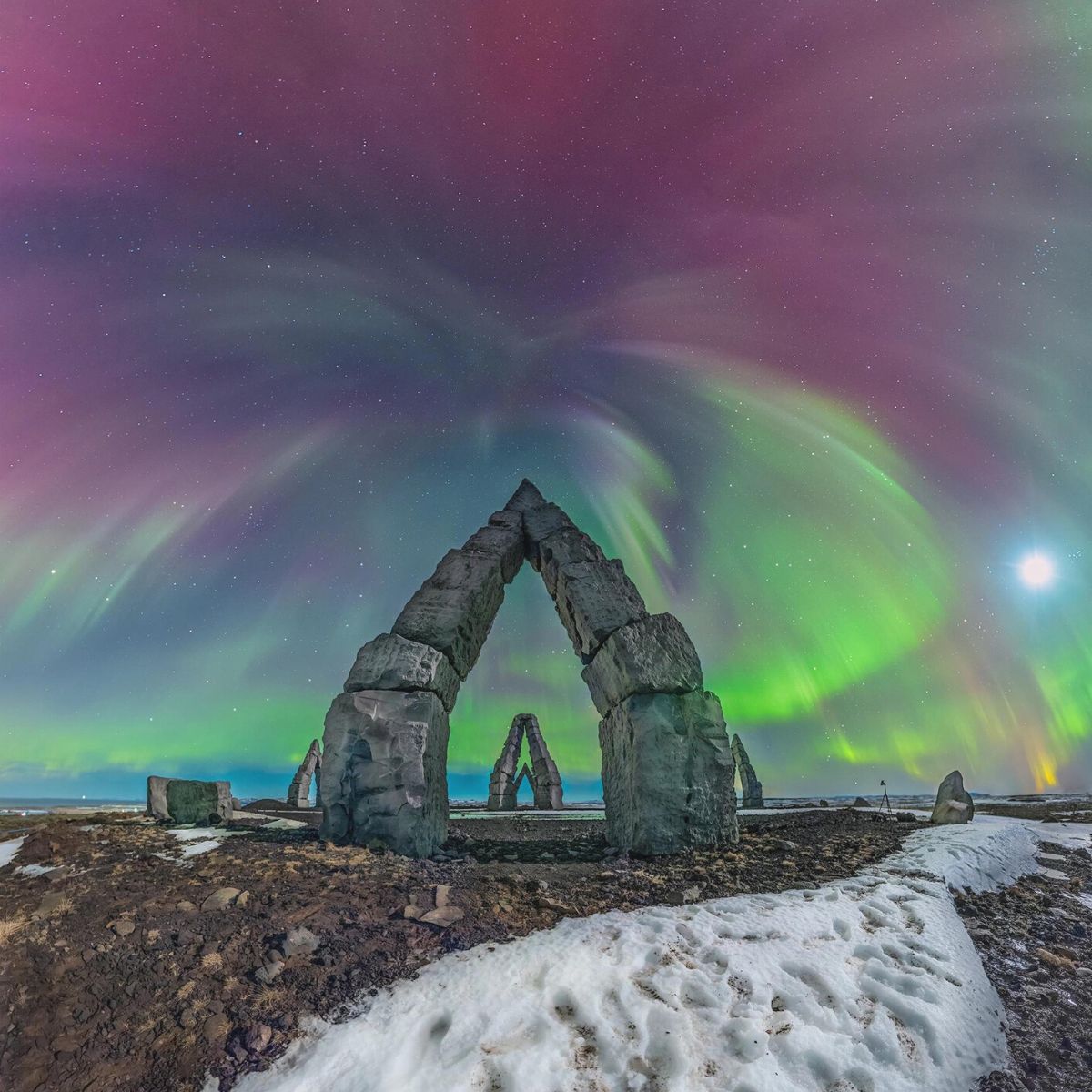Renowned photographer Edward Burtynsky approaches his latest project with curiosity about the future of human impact and globalization. From South Africa to Namibia, his 'African Studies' project, developed in 2015 shows the human imprint effect on African landscapes.
The 'African Studies Project' by Edward Burtynsky
African Studies by the Canadian photography artist Edward Burtynsky shines a spotlight on the sub-Saharan region and its resources of metals, salt, precious gemstones, and other ores, from the diamond mines of South Africa to the environment with a variety of rich textures in Namibia's Tsaus Mountains.
'African Studies' by Edward Burtynsky.
According to a statement he released, he shared he's examining two very distinct elements of the landscape — that of the ground as something complete, unspoiled yet implicitly susceptible, and the one that the planet has created for itself via the methodical extraction of resources.
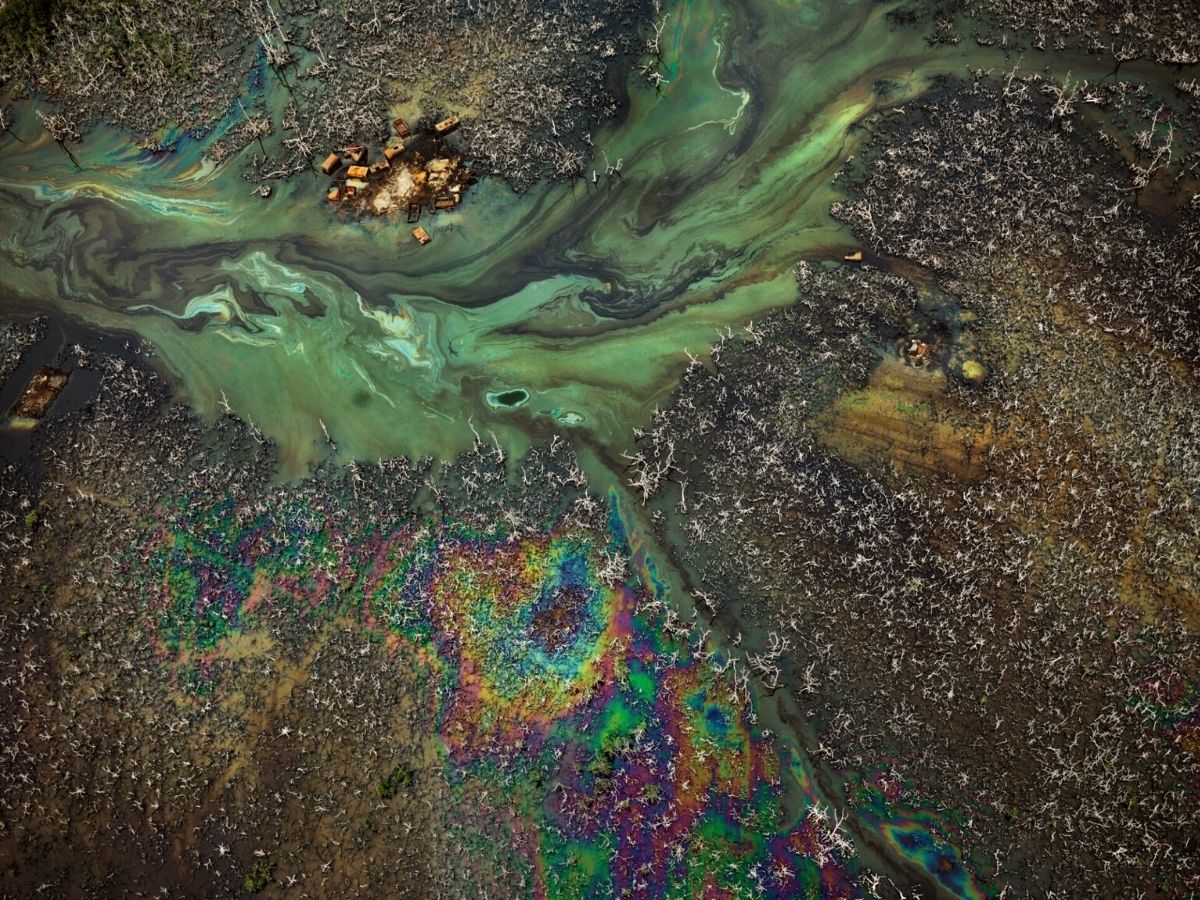
Sub-Saharan Landscape Pictures Taken in a Span of Several Years
The aerial photographs, which were taken over seven years in ten countries — Kenya, Nigeria, Ethiopia, Ghana, Senegal, South Africa, Botswana, Namibia, Madagascar, and Tanzania — present a contrast between a territory that has been permanently affected by civilization and one that is full of enormous potential.
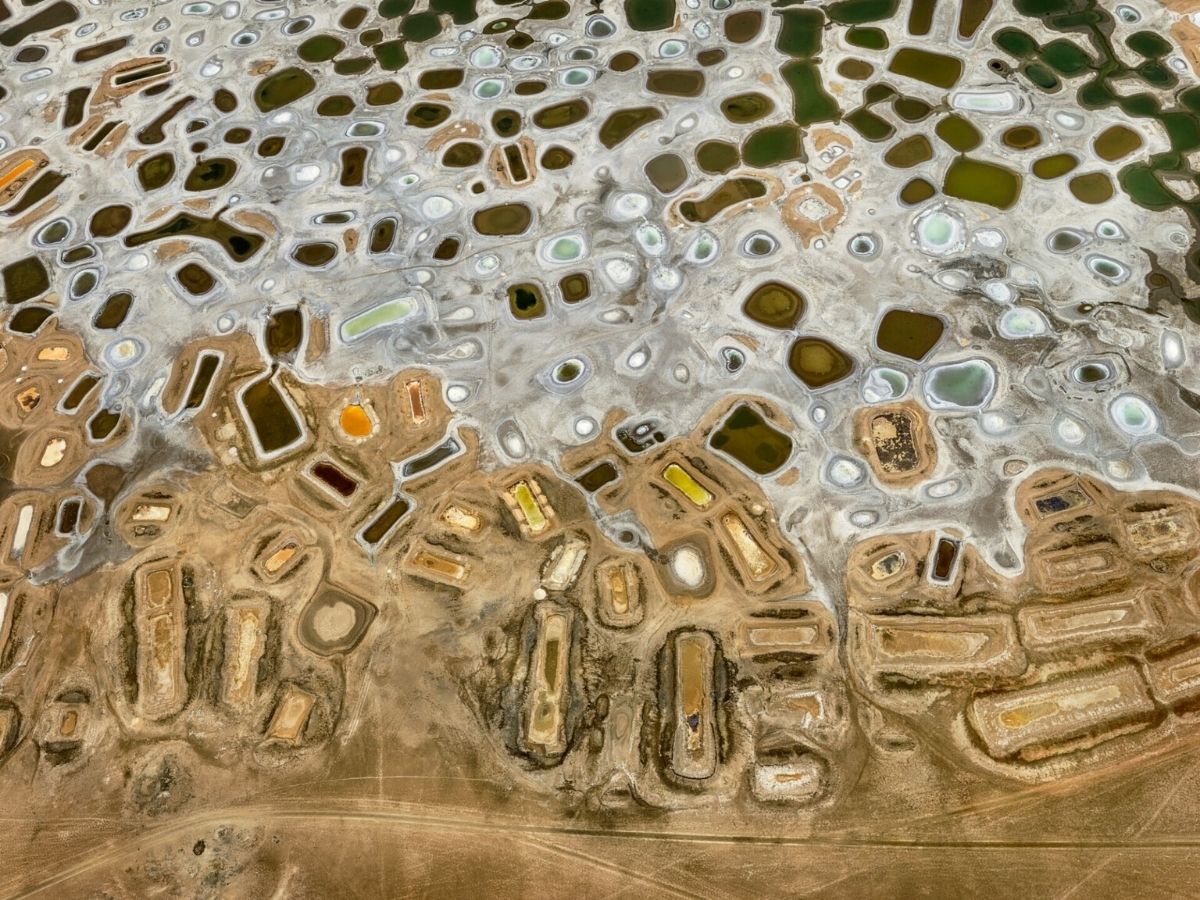
Burtynsky’s interest in the continent began in the early aughts when working on a series about China, he explains that for that project, and while researching several topics including the 'Three Gorges Dam', urban renewal, and recycling, he learned how the new Chinese factories were being created.
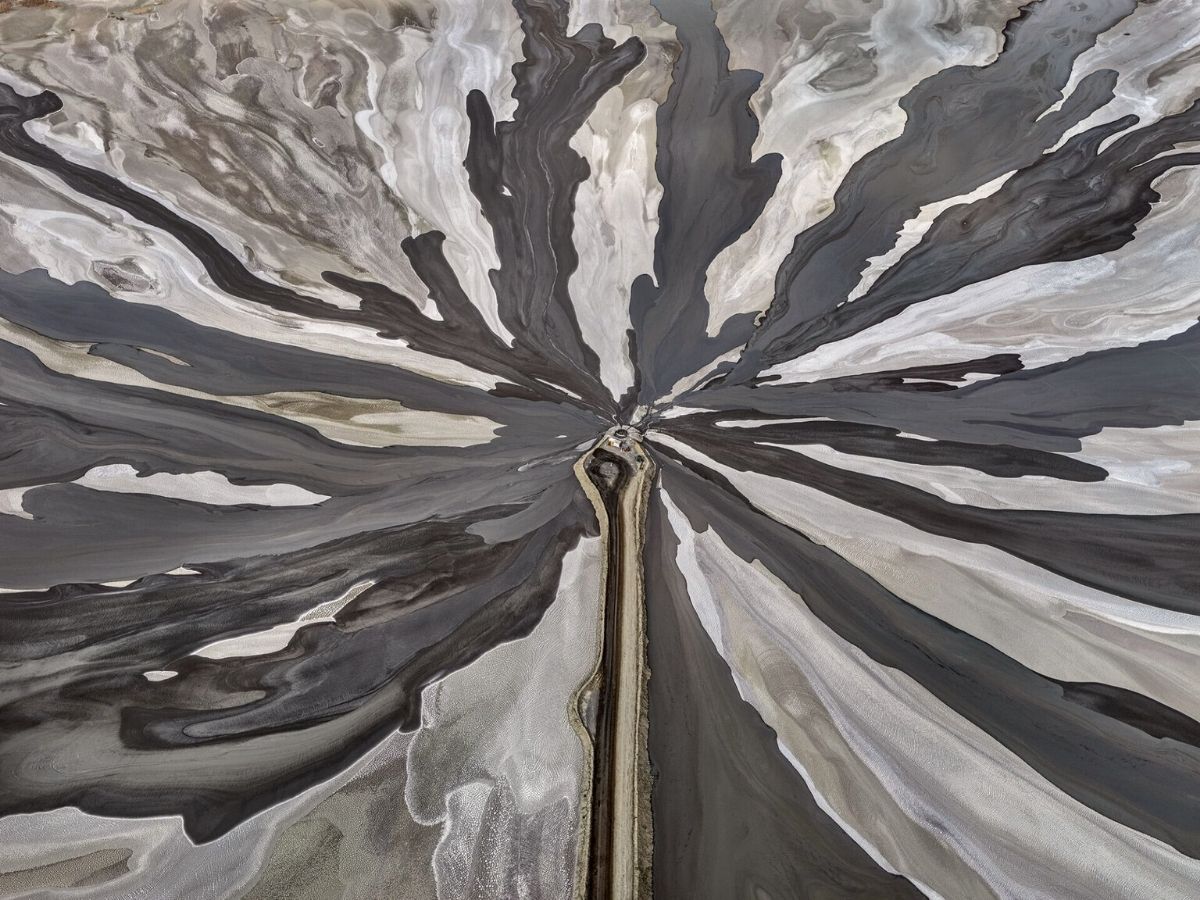
At the time, heavy machinery was being unbolted from concrete floors in Europe and North America, then shipped and refastened to the floors of gigantic facilities in China. This represented a paradigm shift in the industry, and it seemed obvious that China was rapidly becoming a leading manufacturer for the world. Edward realized even then that the African continent was poised to become the next, perhaps even the last, territory for major industrial expansion.
Aerial Photographs of Landscapes That Show the Human Impact in Africa
His photographs, taken from a helicopter, plane, or drone, contrast the stunning natural beauty of the surroundings with the unsettling signs of the human effect. The project usually features long tailing ponds, or waste sites from mining that could poison the area with hazardous chemicals, while images like the one of the Dandora Landfill focus on the negative impacts of consumerism on locals. Despite the high risk of cancer and infertility, residents are drawn to the dump site, Kenya's largest trash landfill, where they scavenge recyclable plastic to sell.
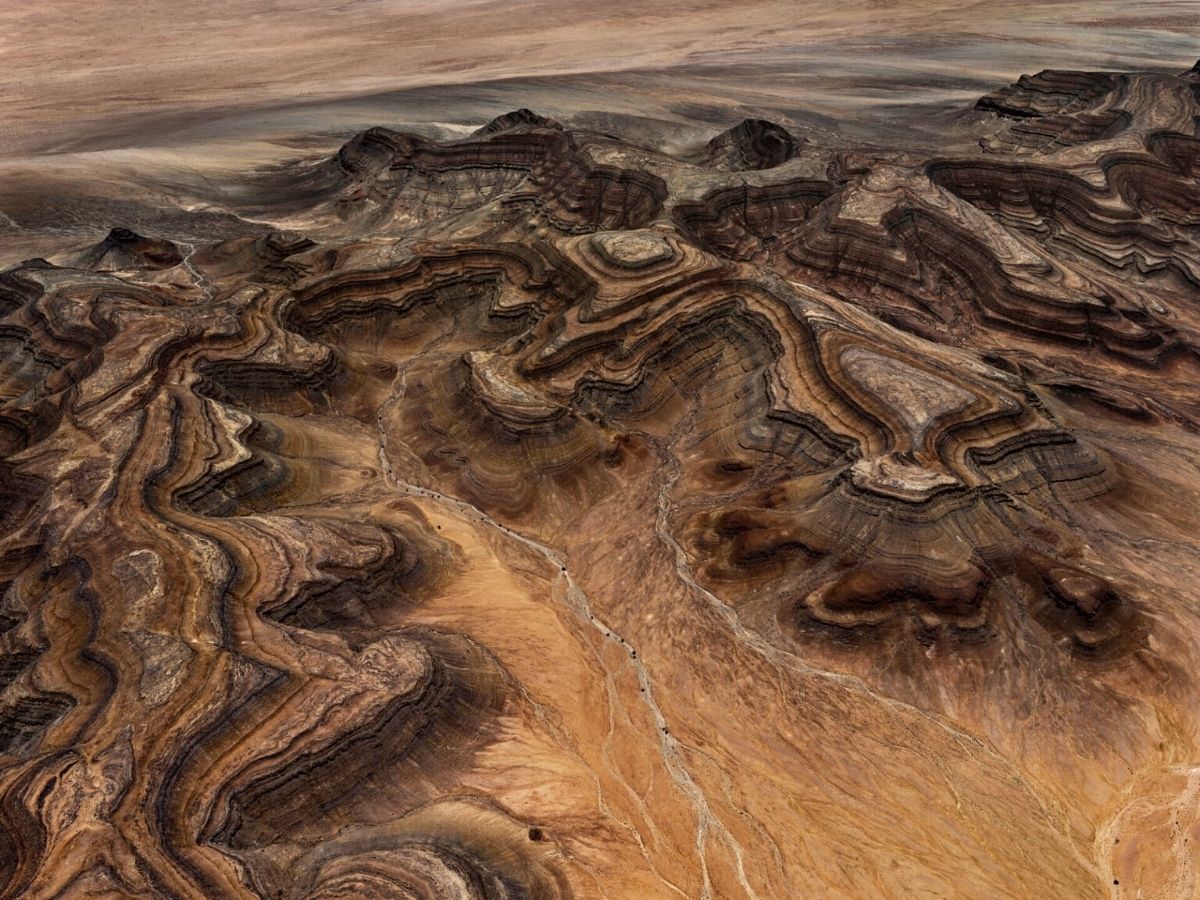
While Burtynsky shoots most of 'African Studies' outdoors, he also goes inside for a portion of the project to photograph the interiors of factories. To safeguard current and future generations from what could be lost for all time, he shares how he aims to continue raising awareness about the cost of growing civilization without the necessary regard for sustainable industrial practices.
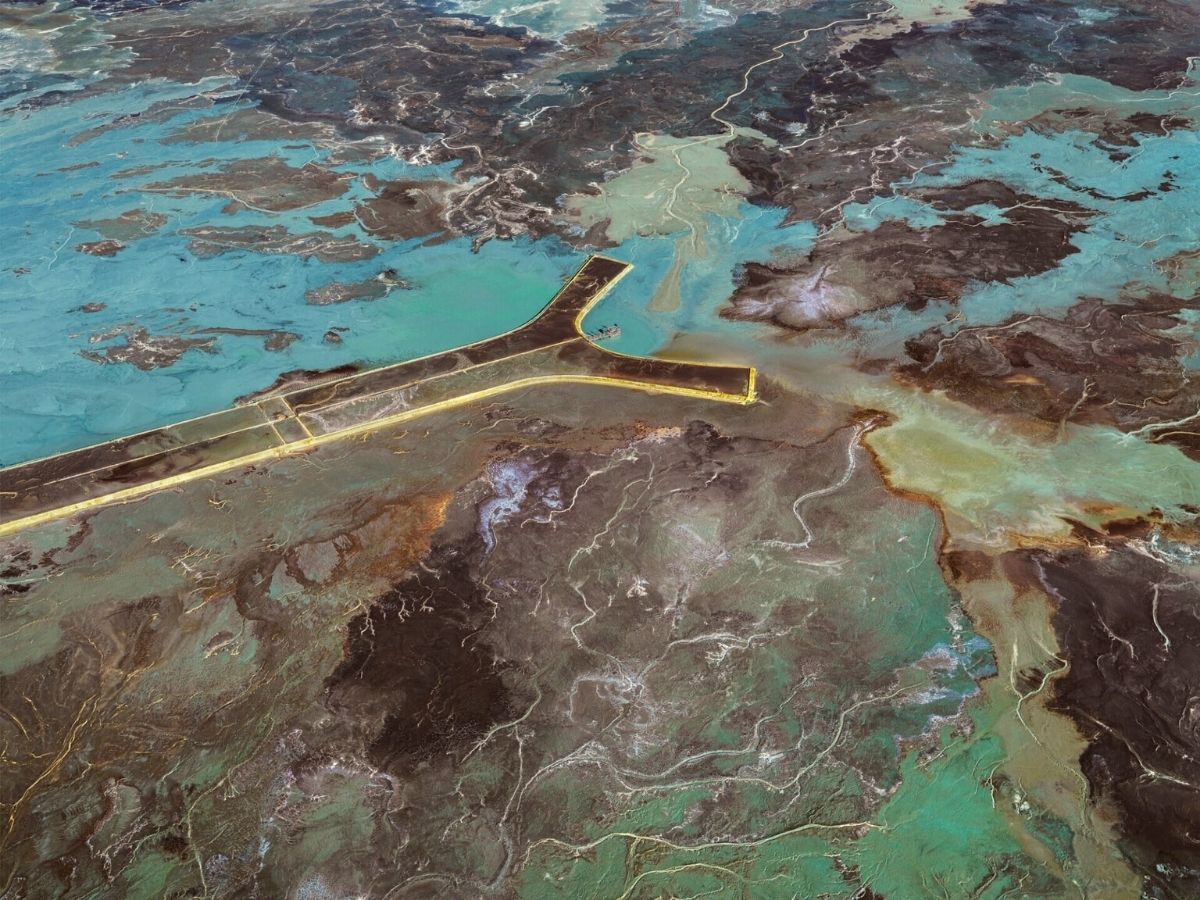
The project also aimed to engage with African artists and cultural institutions to promote dialogue and exchange around these issues. Burtynsky worked with local artists to create installations and exhibitions that highlighted the environmental and social impacts of industrialization in Africa.
About Edward Burtynsky
The intricate relationship between human progress and environmental impact has long been a subject of fascination and concern. Few have captured this complex dynamic more poignantly than the celebrated Canadian photographer, Edward Burtynsky. With a career spanning over four decades, Burtynsky has cemented his status as a leading figure in contemporary photography, documenting the transformation of natural landscapes as they collide with industrialization and development.
Born in St. Catharines, Ontario, in 1955, Burtynsky developed an early interest in photography. He pursued his passion by studying at Ryerson University in Toronto, where he honed his skills and developed his unique style. Burtynsky's work is characterized by large-format, high-resolution images that reveal the beauty, devastation, and complexity of human-made landscapes.
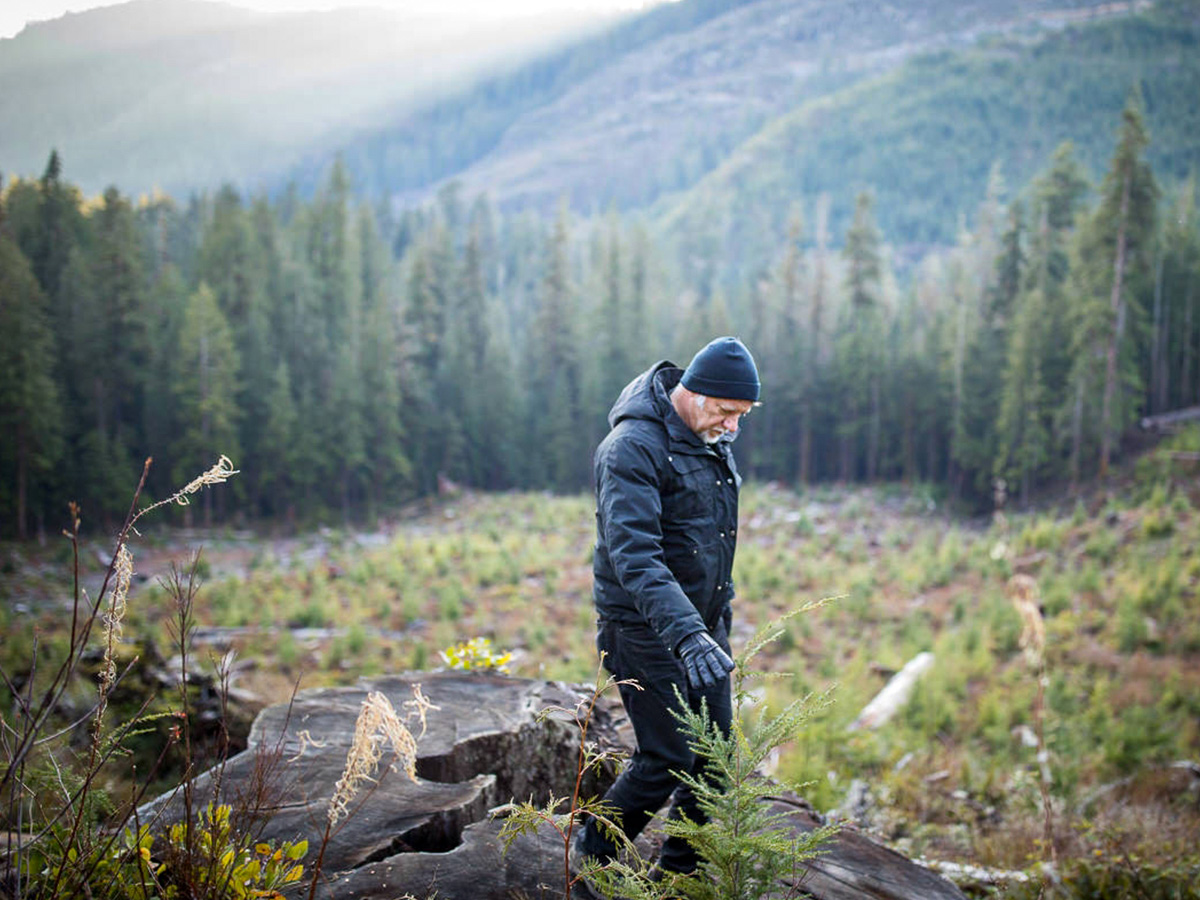
Burtynsky's distinctive approach to photography involves capturing striking aerial perspectives of industrial and natural landscapes. His images often blur the lines between the natural and the man-made, presenting viewers with an unsettling juxtaposition of awe-inspiring grandeur and the scars left by human exploitation. From quarries and mines to factories and sprawling cityscapes, Burtynsky's work offers a stark reminder of our impact on the environment.
Throughout his career, Burtynsky has traveled the globe, documenting landscapes in countries like Bangladesh, China, and the United States. Some of his most notable projects include "Manufactured Landscapes" (2003), "Water" (2013), and "Anthropocene" (2018), all of which explore the consequences of our rapidly changing world. Burtynsky's work has been exhibited at prestigious institutions, such as the Tate Modern in London and the National Gallery of Canada, and has garnered numerous accolades, including the ICP Infinity Award and the TED Prize.
Edward Burtynsky's photography invites us to confront the stark reality of our changing planet, challenging us to reflect on our role within these transformations. As we continue to grapple with the consequences of our actions, Burtynsky's work stands as a powerful testament to the importance of preserving our fragile ecosystems and rethinking our approach to progress.

In case you'd like to get a series of pictures, African Studies is currently available for pre-order on Bookshop.
Photos by Edward Burtynsky.

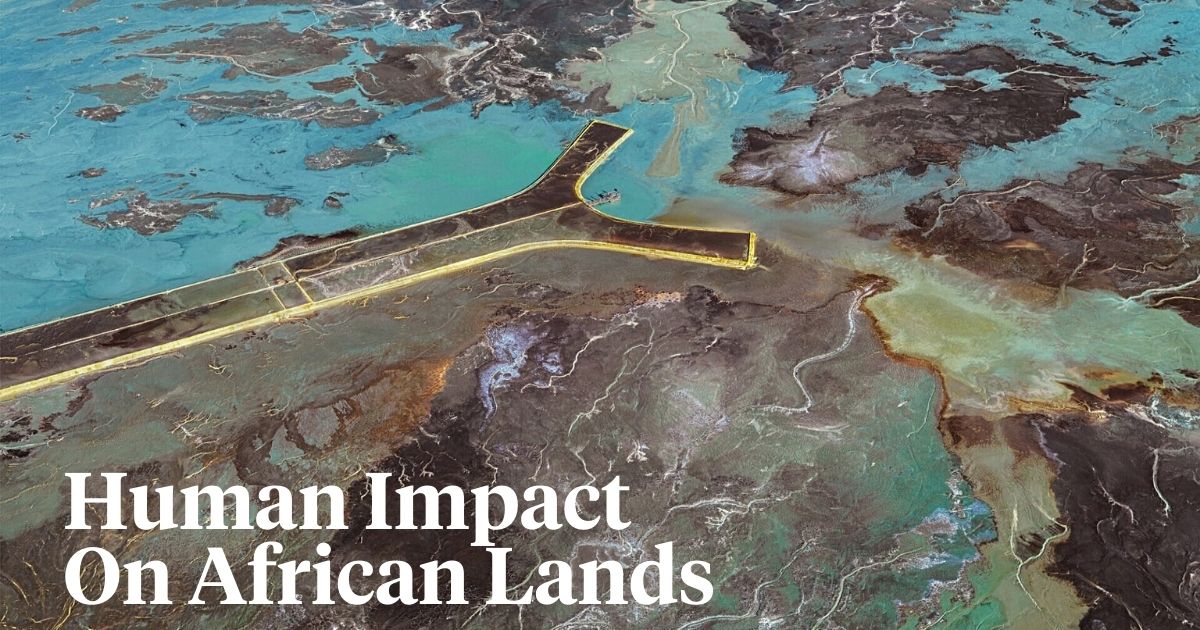

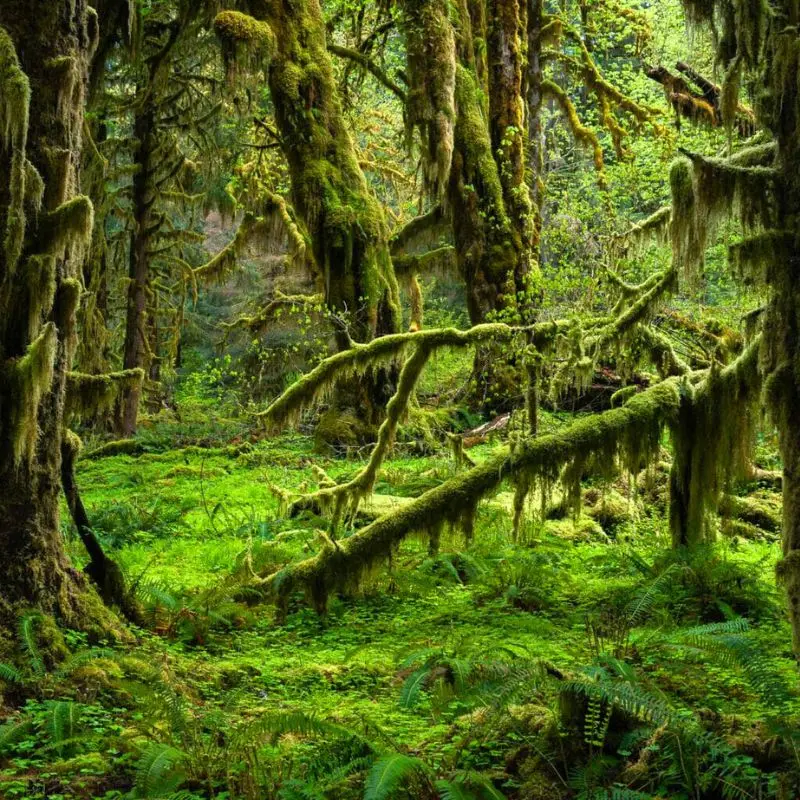

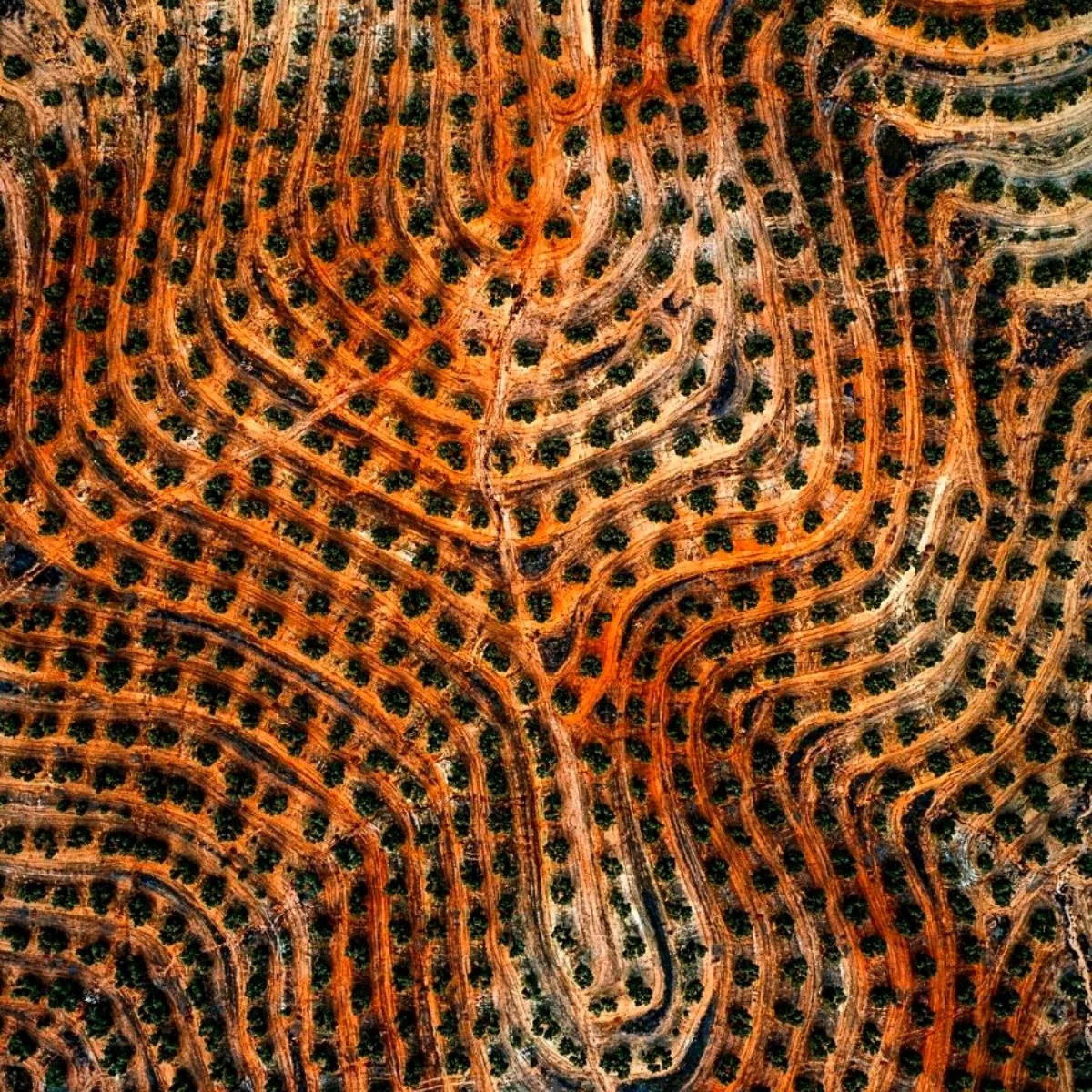
.webp)
